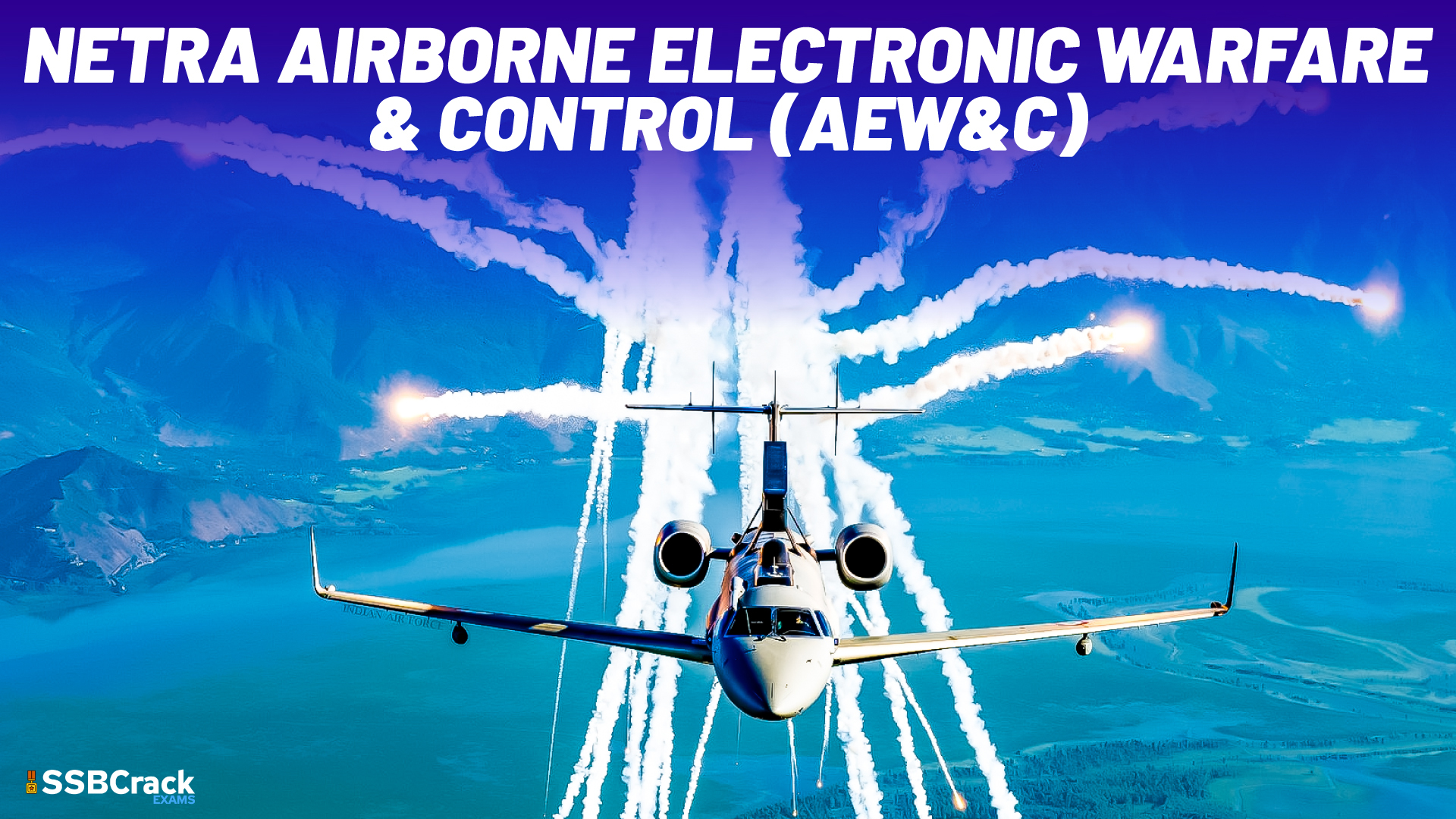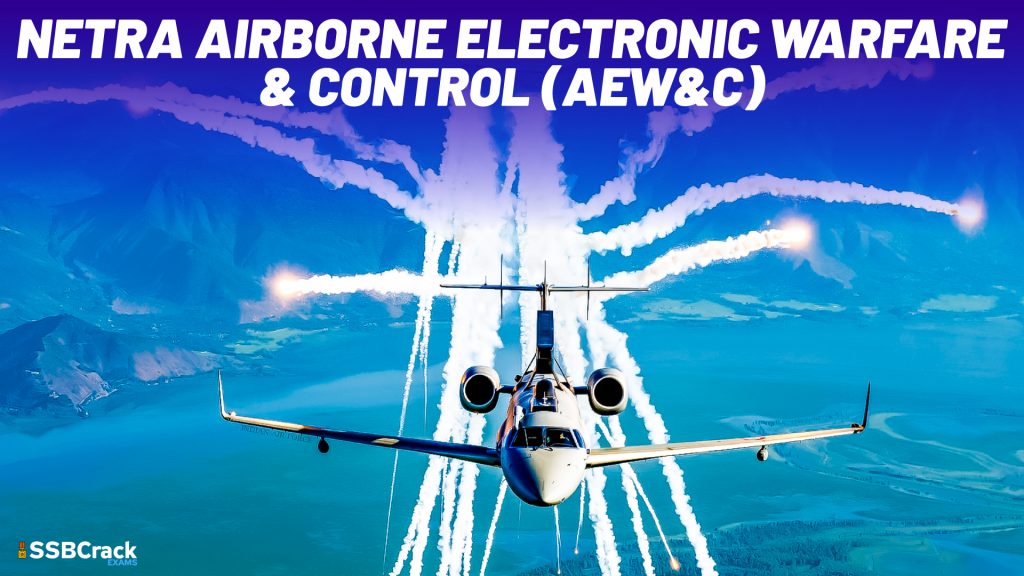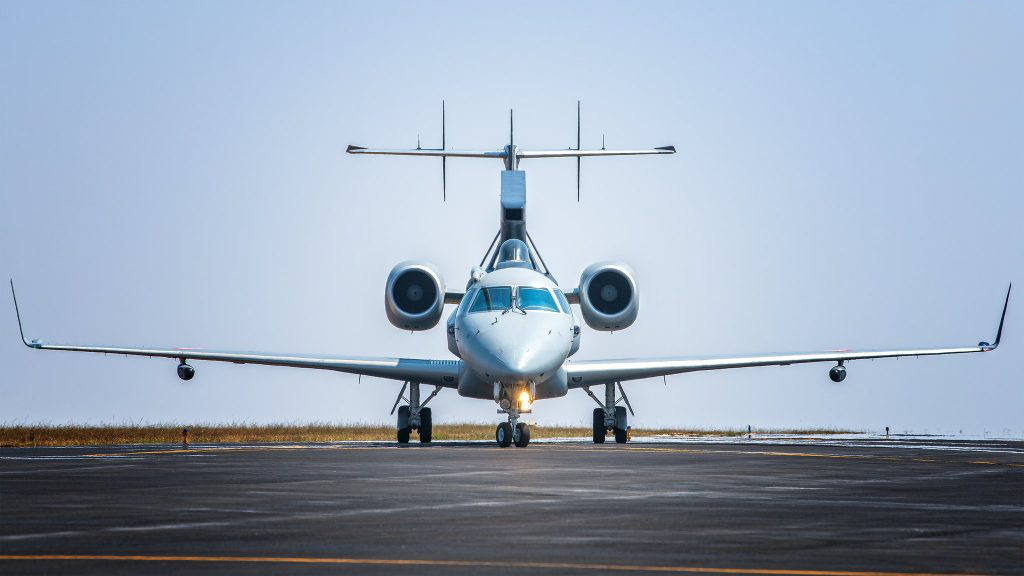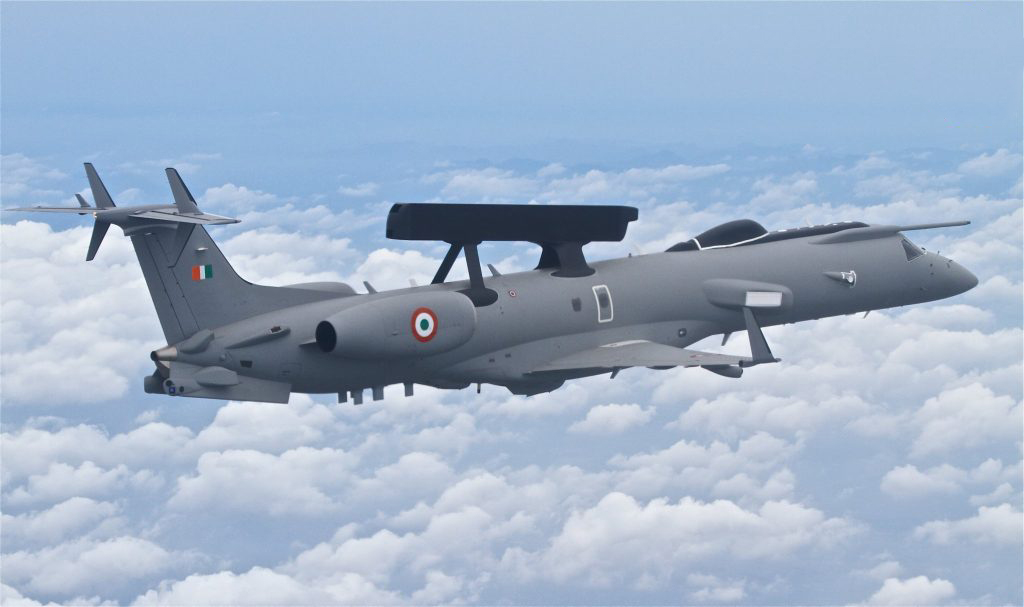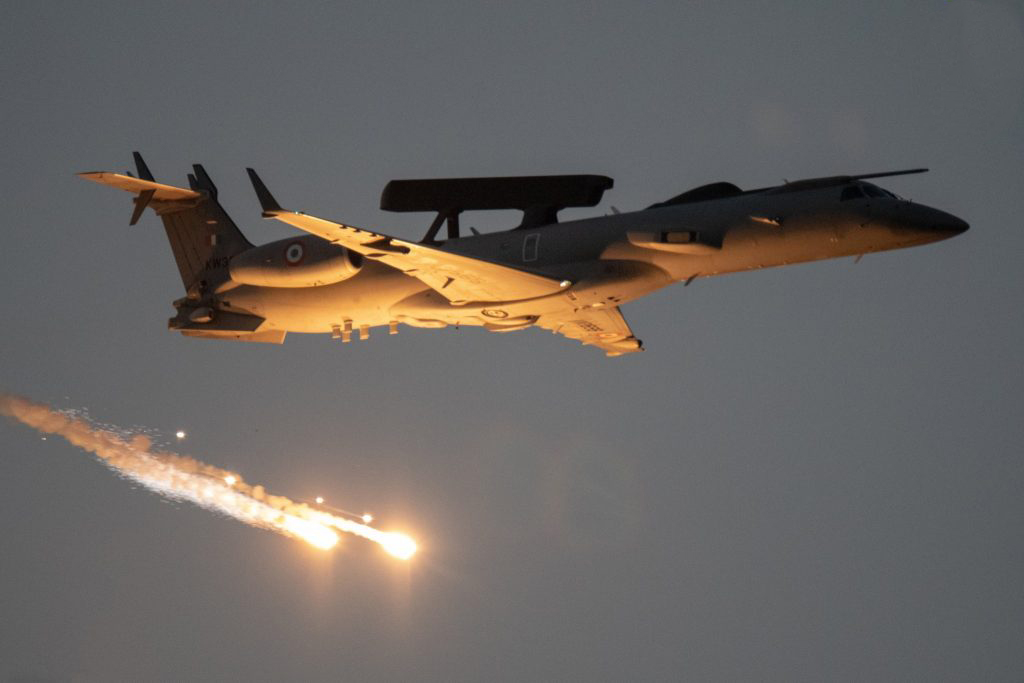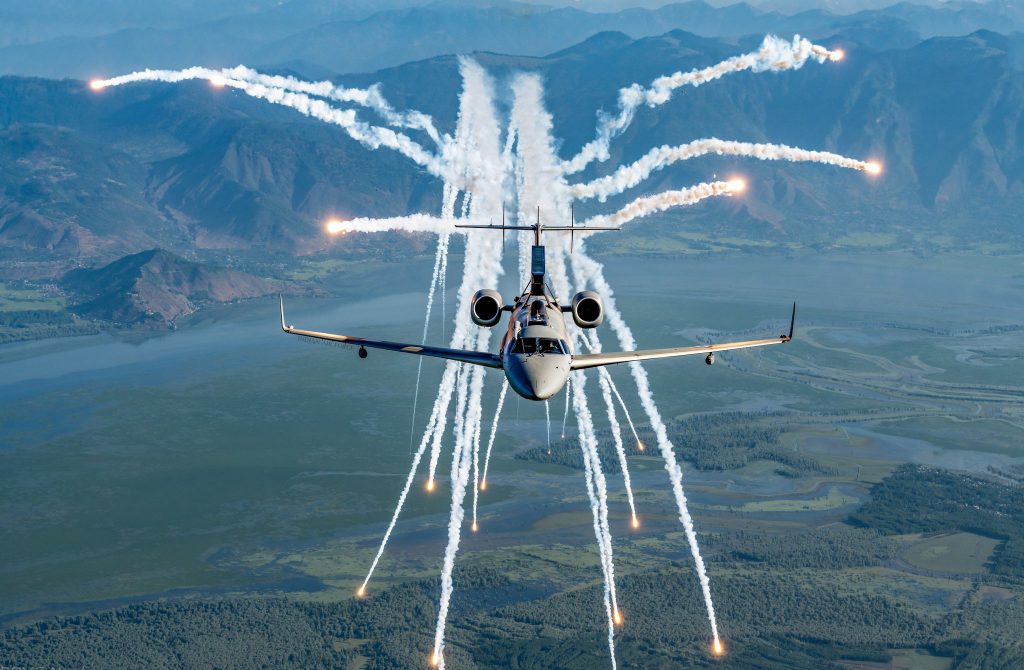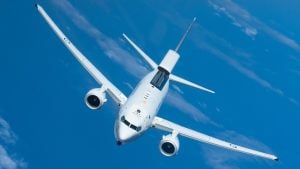In collaboration with CAB (Centre for Airborne Systems), DRDO developed a multisensor airborne early warning and control (AEW&C) system on a carrier jet, providing an airborne surveillance system for the Indian Air Force. It is the first indigenous AEW system created by DRDO and CAB. It was entirely designed and built on the EMB-145 native technology platform.
The AEW&C system was designed to assist the Indian Air Force with detection and tracking, threat identification and classification, guidance and interception control, air situation picture display, and multisensory data integration. The system allows the armed forces to communicate with fighter jets and other AEW&C assets, as well as conduct SAR operations, mission planning, and record and replay for post-mission analysis.
AEW&C System Platform Details
The Embraer EMB-145 from Brazil was chosen as the jet platform for the DRDO AEW&C system. The jet has been modified to incorporate mission systems. The cabin has also been altered to accommodate five operator workstations, four racks, additional fuselage fuel tanks, and five rest crew seats. An additional power unit has been added to the modified aircraft to power onboard mission systems. It can also support the in-flight refueling system, allowing the mission to last longer.
The EMB-145 has two radiating planar arrays mounted above the fuselage to provide 240° coverage. In an active antenna array unit, the arrays are fixed back-to-back (AAAU).
The AAAU is built to accommodate 102 antenna array panels, 160 Transmit Receive Multi Modules (TRMM), and all supporting devices such as power supply units and control units. To ensure a high-density installation of 160 TRMMs, each TRMM is made up of eight compactly fused transmit-receive modules.
Orders and Deliveries
After the Indian Air Force (IAF) and the Defence Research and Development Organization (DRDO) studied the feasibility of the AEWCS, the Government of India approved the program. The Indian government ordered three EMB-145s. After the aircraft was modified, the DRDO’s indigenous radar system was integrated.
Also read: What Is The Difference Between AWACS And AEW&C?
In February 2011, the first aircraft AEW&C platform developed for India was unveiled at Embraer’s headquarters in So José dos Campos. The fully modified aircraft, outfitted with Active Electronic Scanning Array (AESA) radar and other electronic payloads, took its first flight at Embraer’s facilities in December 2011. It included over 1,000 DRDO-manufactured mission system components.
In August 2012, Embraer delivered the first fully modified EMB-145 aircraft to accommodate the Indian AEWCS. In 2012, the company delivered two of three modified EMB-145s to the DRDO. For mission system testing, the two aircraft were outfitted with the native AEW&C system.
Mission System Control
Mission system control (MSC) is the AEW&C system’s brain, as it integrates all data from sensors and other systems to control the entire system. It evaluates threats based on data from onboard sensors and other sources and displays the Air Situation Picture (ASP).
It is in charge of the AEW&C system’s entire communication system. The MSC can record data and play it back to conduct mission analysis. The MSC’s Intercept Control Segment (ICS) will guide interceptors and vector strike aircraft during recovery operations.
The IAF AEW&C Requirement
In terms of AWACS aircraft, the Pakistan Air Force (PAF) has a significant advantage. Since 2009, it has used four Saab 2000 (with Erieye radar) as its primary AEW&C platform. Surprisingly, since the Balakot attacks in 2019, the PAF has acquired four more AEW&C, bringing its total strength to seven. It also has four ZDK-03 (Chinese Y-8F-600 airframe) with Chinese AESA radar installed. As a result, the PAF has a total of eleven AWACS aircraft.
Also read: Significance Of IAF No. 50 Squadron Which Operates Phalcon AEWCS
According to Indian think tanks, the IAF’s current airborne surveillance capability is rather limited. To handle two front operations, the IAF would require at least 15 to 20 AWACS aircraft. The maintenance of the Phalcon AWACS mounted on the IL-76 platform is complicated by a lack of spare parts and dwindling product support due to its age. Furthermore, the case for two additional IL-76 aircraft could not be advanced due to the extremely high cost quoted by the manufacturer.
To handle two front operations, the IAF would require at least 15 to 20 AWACS aircraft.
In order to improve the IAF’s aerial surveillance capability, the Cabinet Committee on Security (CCS) approved a project in September 2021 to build six airborne early warning and control (AEW&C) aircraft at a cost of 10,990 crores. The entire project entails integrating indigenously developed AEW&C technology into a larger Airbus A319 platform.
The AEW&C system, developed by CABS under the DRDO, will include the installation of a 360-degree coverage indigenous Active Electronically Scanned Array (AESA) radar on six Airbus A319 aircraft acquired from the existing Air India fleet.
Conclusion
The CABS has also offered to outfit Airbus C295 aircraft with an upgraded Netra AEW&C system. There is also the possibility that a newer Embraer platform could be considered in the future to meet the IAF’s requirements for additional AEW&C.
The Indian aerospace industry’s and the DRDO’s track record in terms of delivery schedules and cost control does not inspire confidence. The IAF requires this force multiplier immediately and cannot risk a delay in delivery because it will jeopardize operational capability. The project must be managed in mission mode.
To join the Indian Air Force and crack the AFSB Interview,You can join our AFSB interview live classes batch and we recommend you to Enroll AFSB INTERVIEW ONLINE COURSE. Trusted by thousands of defence aspirants.
Also read:
